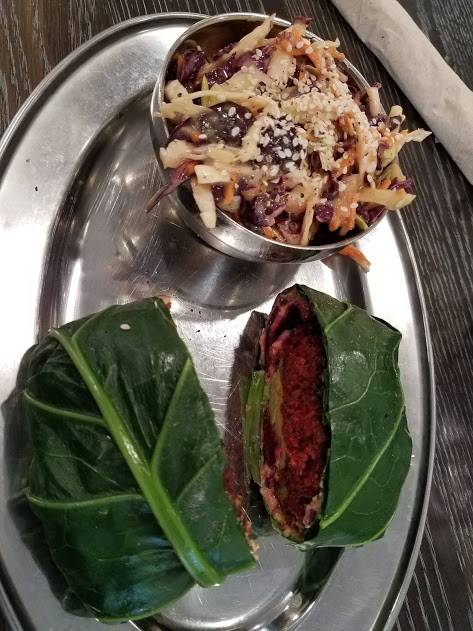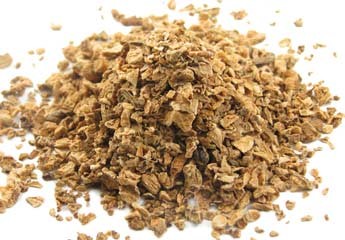As the air outside turns cool and crisp and daylight becomes more sparse, root veggies, squash, pumpkins, greens, and apples replace berries, watermelon, and stone fruits on farmer’s market stands. Fruit may not even be the first thing that comes to mind when you think of winter eats.
Nonetheless, they exist — in fact, even in this frosty weather, some seasonal fruits are even more delicious and fresh. Persimmons are one such food!
If you have no idea what to do with a persimmon, I’m here to give you some delish and no hassle ways to prepare and eat these festive cold weather gems…READ THE FULL ARTICLE HERE

